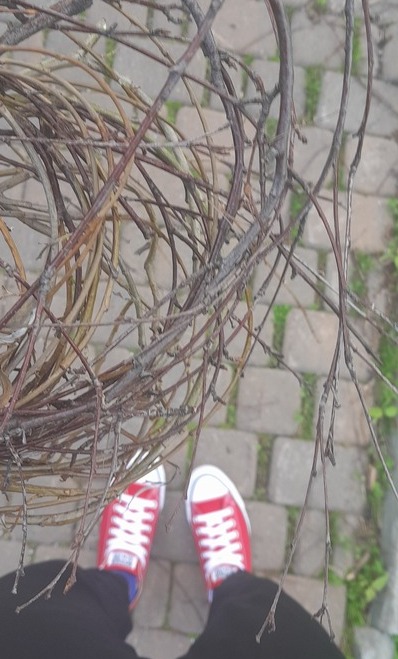
This is the first of the three posts that I have promised myself as a reward for this academic year to reflect the three main directions in which my professional life took me in this academic year. With my transition into the bilingual primary school as the year 1 (or year 3 of the British National Curriculum), I have become a full-time Art teacher, a full-time Maths teacher and a full-time English teacher. All of these things I have done before and yet, all of them turned out to have some surprises for me and, as a result, all became new chapters, with new discoveries, new knowledge and new skills. Which only proves that there is ALWAYS some room for improvement.

Something old!
I am not new to teaching Art and teaching English through Art. Even before I moved to Newton, I had been teaching English through Art for two years, with BKC and with the Fun Art Kids at the Moscow Museum of Multimedia Art, both online and offline. Not to mention all of these years when I pestered my young learners and teens and adults with Art in our EFL lessons.
I have already managed to share ideas and experience in an article published in the MET and a session at the YL IH Conference as well as some workshops at my school and lots (and lots and lots) of posts here on this blog. One of the most popular articles was written in November 2021, almost three years ago, and even then I already knew what I was talking about.
However, and I say it with full responsibilty for every word, it was only in September 2023, with the Art Explorers at Newton, that I really became an Art teacher.
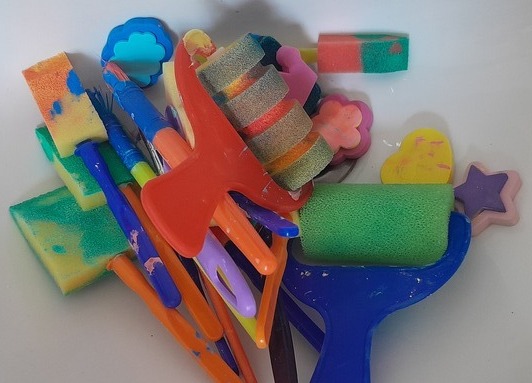
Something new!
This has been a year full of artistic adventures.
One of the most important things and one of the biggest changes, in comparison with the previous year, is that I am the one completely in charge of the whole programme. I do not have any external artistic curriculum to follow and I am not bound by any linguistic curriculum either. That is a huge responsibility, of course, but it also a source of power because it gives you all the freedom you want and may need. The only limitation is the time, these 45 minutes of a lesson that I need to fit everything in.
In the beginning of the year we had two lessons a week but it wasn’t working well, with a huge span of the age and the actual numbers of kids in the classroom. It was very difficult to run two the activities on two different levels of motor skills and two different level of linguistic skills and to constantly have to find a way of creating something that both my 5-year-olds and my 10-year-olds could do and benefit from. Plus, for the teacher, two different activities a week…it’s not impossible only extremely exhausting. Luckily, we were able to adapt the timetable. The younger group, pre-school and year 1, started to attend on Mondays, the older group, the years 2 – 4, on Wednesdays.

Because of that I could teach the same lesson twice (always an advantage, not only because of the lesson planning time) and I was able to adjust the levels of challenge, artistic, linguistic, cognitive, motor, to both levels. And it was a joy to see it work. The younger kids could focus on the vocabulary and grammar practice, the older could be involved in a real debate, in L2.
It was also interesting for me to teach these two same lessons in a different order. Because of the calendar and random holidays along the way, sometimes I started the new lesson in the younger group and then had to adapt it to the older one and the other way round. That was an interesting experience, from the point of view of methodology.
Not to mention the difference in the reception that different artists and techniques got. All (as in: every single one) of my students are amazing but it was interesting to see that, naturally, my older group were more capable in terms of their motor skills and more critical and willing to challenge ideas, because of their language skills. However, my younger kids were definitely more open to all the new things and all the lessons on contemporary art were a proper blast with them.
It is almost ridiculous how much my students have grown, as artists. They have not only had a chance to interact with different artists and to experiment with a great variety of materials and techniques but also got better at manging time and materials. May is a completely different month in terms of the Mess At the End Of an Art Class. And they have become more sophisticated and skilled at expressing themselves through Art. What started as an exercise in recreating the teacher’s model, led to kids observing, managing the technique and just creating their own masterpieces with whatever was at hand on the day. It was fun to watch them get excited at the announcement that the topic of the day was ‘What You Want’, as it was with at least some of the new technique. It was also fun to have them try to convince me to let them interpret the topic and to see them negotiate that. Apart from that, thanks to one OK lesson in February, I got to see how much they have developed and how much they have progress, way beyond just a regular craft activity. They even figured out how we roll in our Art classes (see the plan below).
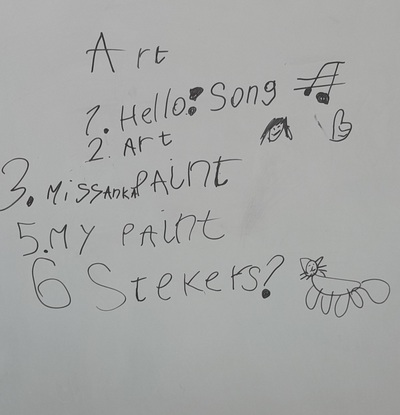
Thanks to my Art classes I also started to create more. On the one hand, it was because I needed to experiment with all the materials, techniques and styles in order to show the children where we were going with things. I did that before. This year, however, I discovered that I really like painting and that it calms me down. I got myself a sketchbook and I started to paint, keeping kind of a visual diary and checking out how I can express how I feel though images. A new thing for me because I am the human of a word (or I have been so far). I don’t show these to anyone, although, I really like some of them. And painting is my new zen.
I love planning my Art classes, combining the language, the artist and the tools. I love coming up with a theme for the month and research Art to find exactly what I need. Naturally, over this year, I have learnt a lot about the artists that I had never heard before. I love introducing these artists and my favourite artists to my students. This year we have had a visit from the biggest and the lesser known, the world Art creators and the Russian artists, the legends and our contemporaries. Andy Warhol, Kasimir Malevich, Shantell Martin, Natalia Goncharova, Ilya Mashkov, Yves Klein, Pablo Picasso, Marisa Dube. We learnt about the alternative techniques, we have worked with a whole wide range of materials, from watercolours, to seeds and everything in between.
I wish I could try to choose my favourite lesson this year. That is simply impossible. Instead I will attempt a top ten, instead, in no specific order.
- the figurative and non-figurative art
- the miniature art
- Shantell Martin and black on white
- Ilya Mashkova and the still-life
- Jackson Pollock lesson
- Kandinsky, about sounds and colours
- A heart! Experimenting with watercolours
- Dreamcatchers!
- Mandalas!
- Yves Klein and the rollers
One of the coolest moment this year was in March when I got to curate a retrospective of our Art Explorers on the walls in our school. I have some works stashed at school, some pieces stashed at home although, the best ones, were already taken home by the proud artists. Still, showing a great selection of them on the walls of the school made me realise how much we have achieved. The kids were also beyond excited to see their pieces displayed. Am I dreaming now of a proper exhibition in a real hall? Of course I am!
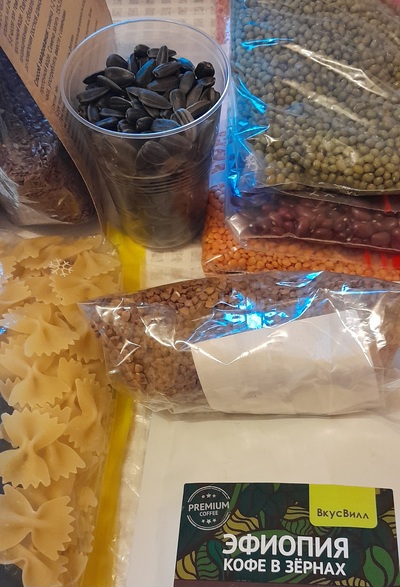
Something borrowed, something blue!
Something borrowed is easy as all my lessons are based on the amazing creations by artists from around the world, from our contemporaries and from the days of yore. It is something that all the kids in the world should be given the access to, in order to learn about the different ways of looking at things and of expressing your emotions, learning how to do something new and becoming more confident about what you have to say. One of the most important lessons that I got to teach them was the one about the artists independence (‘You are the artist. If you call it a sunset, it is the sunset’) and another about the different ways of perceiving the world (‘You are the artist. If you decide that the apples are purple, they are going to be purple’).
My something blue is going to be the next academic year. I am hoping to continue to run the programme and I am already looking forward to all the new artists and all the new techniques. Some of my current students are going to continue with us so I cannot just repeat the programme. And just as well. ‘There is such a lot of world to see’. As the song goes (‘Moon river’).
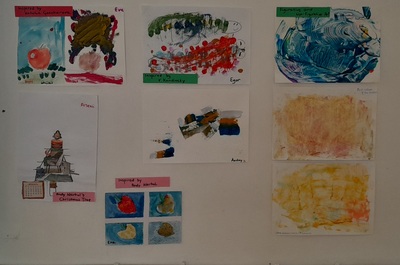
Happy teaching!
P.S. A request!
It is very simple.
I would like to know a tiny little bit more about my readers. There are so many of you, popping in here, again and again, and the numbers of visitors and visits are going up and make my heart sweel with joy. But I realised I don’t know anything about my readers and I would love to know, a tiny little bit more.
Hence the survey.